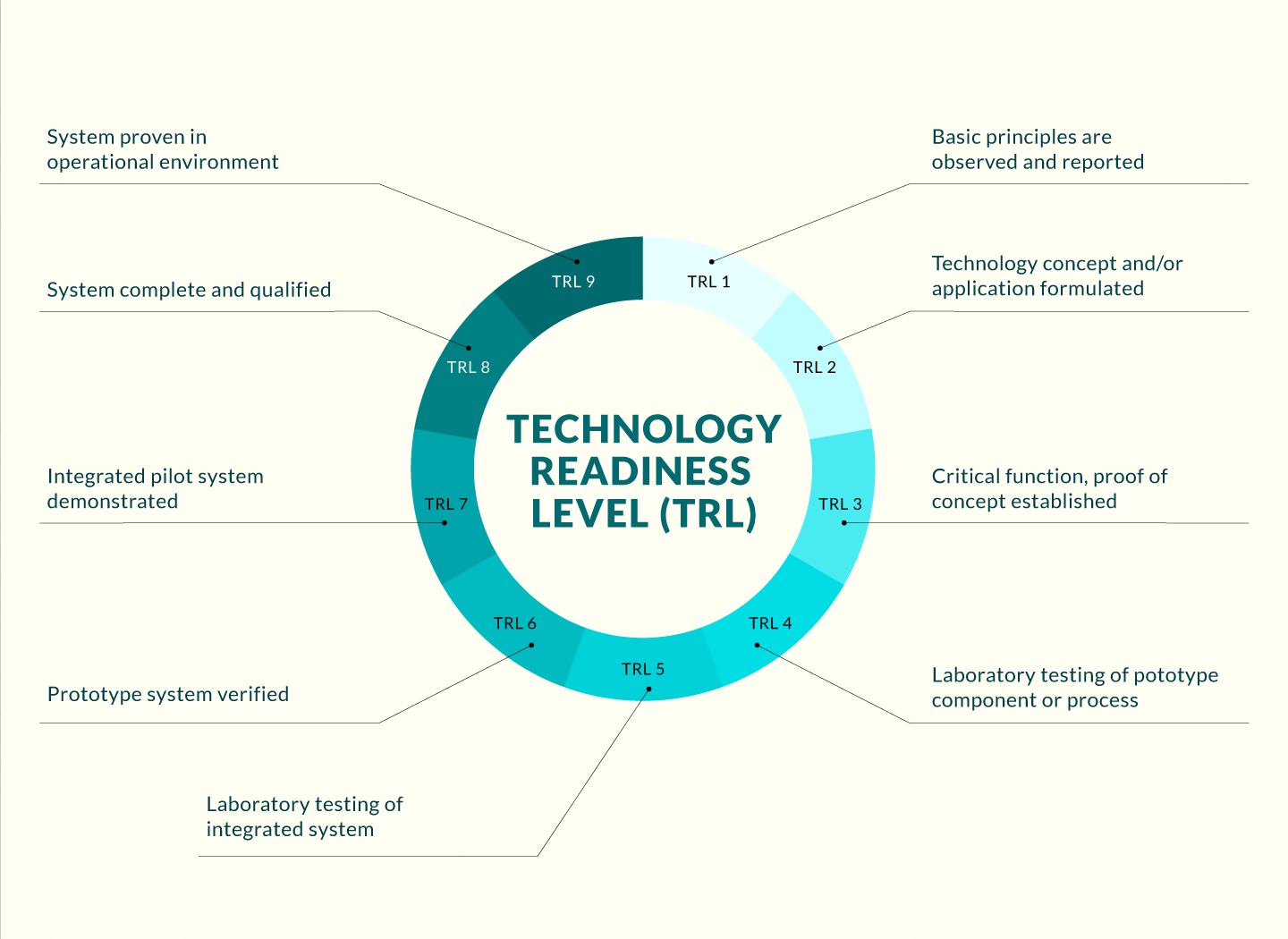
Opportunity
Augmented Reality (AR) overlays virtual images (e.g., synthetic images) onto a physical scene (e.g., the user's actual real life surroundings). AR is different from Virtual-Augmented Reality (VAR), which displays a video image of a physical scene with virtual images overlaid thereon.
Traditional AR systems require users to wear head-mount devices (HMD) or near-eye display terminals, which are complicated, heavy, and bulky due to their electronic projectors and displays, electronic circuits, optical accessories (e.g., lenses, beam-splitters, prisms, mirrors, etc.), and power supplies. As such, existing AR systems are cost prohibitive, excessively heavy after prolonged use, and tend to cause stress to the user's eyes, neck, and shoulders.
Technology
Aspects of the present disclosure relate generally to Augmented Reality (AR), and more particularly to systems and methods, which allow components of an AR system to be decoupled.
The present disclosure describes Augmented Reality (AR) methods and systems allowing one or more user to observe a virtual image (e.g., computer generated image) overlaid on a physical scene (e.g., actual real life surroundings). Embodiments herein allow components of the AR methods and systems to be decoupled from each other, such that a user is able to view a virtual image overlaid on a physical scene while simply wearing thin, lightweight holographic spectacles.
Advantages
- The holographic spectacles may be free from electronic devices, optical accessories, and a power source. Methods disclosed herein provide an AR system having significant advantages over traditional AR systems at least because
- the user is able to simply wear lightweight, compact spectacles,
- spectacles can be manufactured at a low cost and in large quantities.
Applications
- Commercial settings (e.g., product design)
- Recreational and/or personal uses such as overlaying virtual images and virtual messages on a physical scene while reading a book, watching TV, viewing an exhibition (e.g., art), etc.




